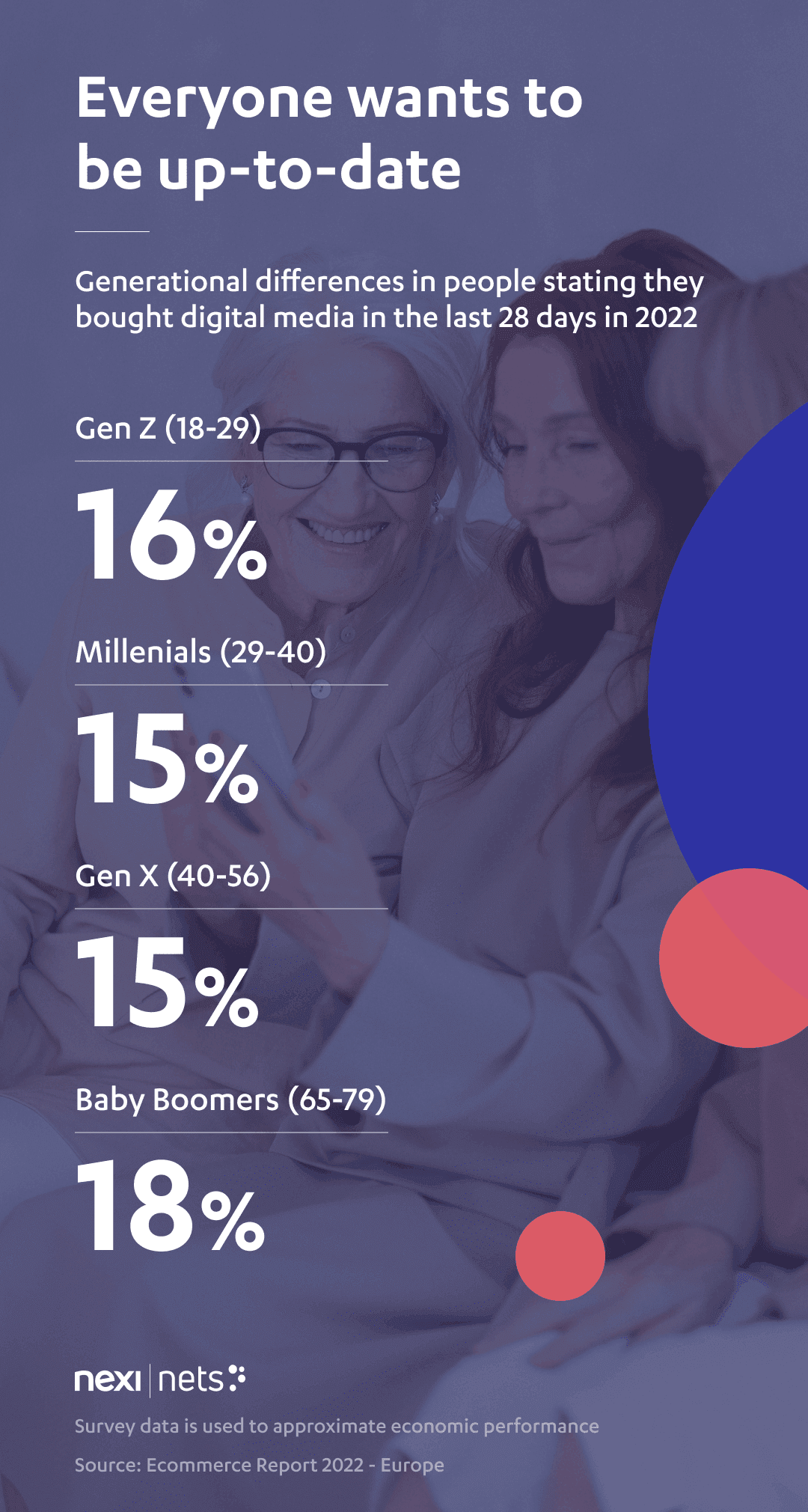Accessibility, Speed and Portability
While trustworthiness may be an issue for both, there are aspects of digital media that traditional media simply cannot be beat. It is available anywhere there is an internet connection and on any mobile device, while traditional media is inevitably firmly chained to certain locations or specific devices that aren’t portable (newsstands for newspapers and magazines, television for TV and cable news channels).
This convenience also extends from location to time as well: news are available at any time of day or night, with round the clock updates on current affairs and new content uploaded by the hour.
Digital media also has the advantage of speed, as it can get the news to its readers significantly faster than its traditional counterparts and has a much easier time providing live coverage of currently unfolding events.
Not having everything from the print edition available online is an incentive to get your hands on the print newspaper, while exclusive online content motivates to engage with the digital edition.
Out With the Old? Not so Fast!
Although it is certainly easy to spell doom for traditional newspapers and news media, the future might still prove that, as it has many times before, traditional news are not going anywhere, only evolving, adopting some of the new techniques and certain attitudes of their digital counterparts.
Traditional newspapers have gone online, offering their content on their own webpages and through their own mobile apps. Many giants have gone both print and digital, including New York Times and The Guardian. This approach ensures that they keep their older readership, still faithful to their print editions while simultaneously reaching new readers who may not be interested in print newspapers.
The practice of not everything from the print edition being available online is an incentive to visit your local newsstand. The opposite approach, where newspapers will have exclusive online content, motivates print readers to engage with the digital edition.
According to recent research, many younger and less educated people avoid news in general because it is hard to follow and understand, giving any enterprising e-newspaper an opportunity to reach a new and wider audience not by dumbing down their content but by simplifying language and providing better and easier to understand contexts for complex stories.












